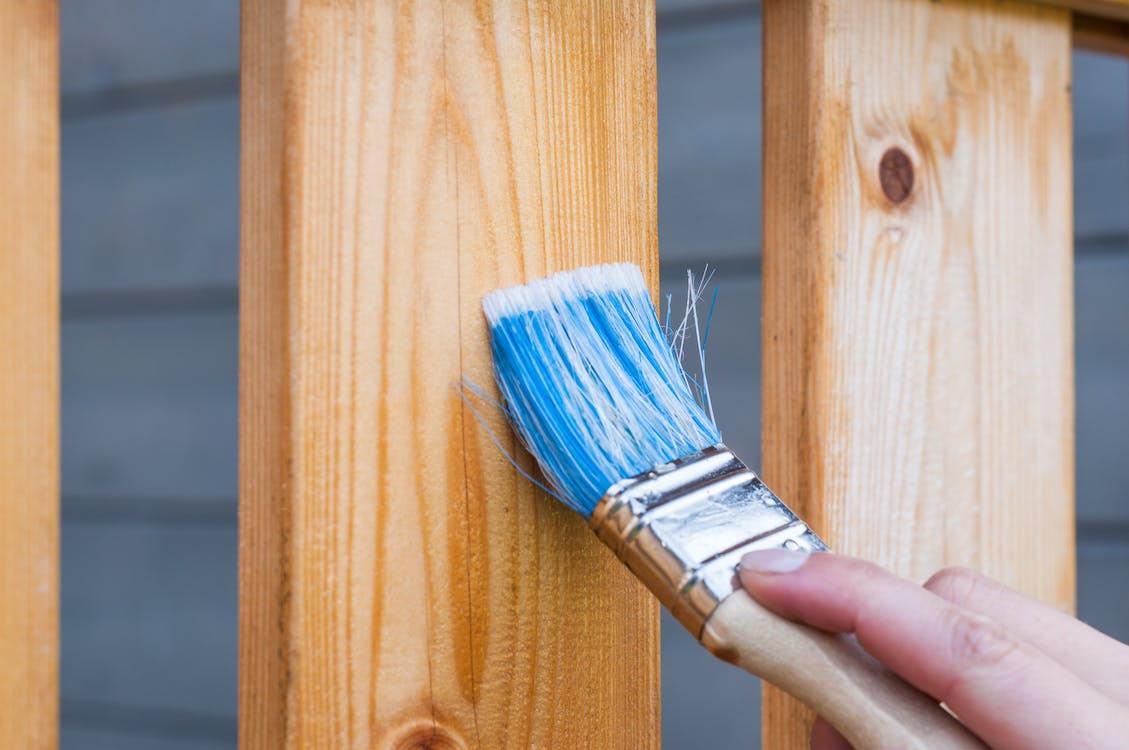Picking Paint Colors: Repainting After Restoration
After undergoing restoration, one of the most exciting aspects of revitalizing your space is choosing new paint colors. Repainting allows you to infuse your renewed environment with a fresh and inviting atmosphere. By selecting the right paint colors, you can enhance the aesthetics of your space and create a harmonious ambiance.
In this article, we will provide you with tips and considerations for picking the perfect paint colors after water damage restoration, helping you make confident decisions and achieve the desired transformation.

Assess the Lighting
Before selecting paint colors, assess the lighting conditions in your space. Natural and artificial lighting can significantly impact how colors appear. Consider the direction of light, intensity, and color temperature. Spaces with ample natural light may benefit from cooler shades, while areas with limited natural light may require warmer tones to create a cozy feel.
Consider the Function and Mood
Think about the function of the room and the mood you want to create. Different colors evoke different emotions and have varying effects on the atmosphere. For example, soothing blues and greens are often preferred in bedrooms and relaxation areas, while vibrant yellows and oranges can energize a space like a home office or kitchen. Choose colors that align with the purpose of the room and the ambiance you wish to achieve.
Coordinate with Existing Elements
Take into account the existing elements in the room, such as furniture, flooring, and architectural features. Consider their colors, textures, and finishes when selecting paint colors. Aim for a cohesive and harmonious look by choosing colors that complement and enhance the existing elements. For instance, if you have warm-toned wooden floors, consider earthy or neutral paint colors that accentuate the natural beauty of the wood.
Explore Color Psychology
Color psychology can provide insights into how different colors influence emotions and behaviors. Warm colors like red, orange, and yellow are known to create energy and stimulate conversation, making them suitable for social spaces. Cool colors like blue, green, and purple have a calming effect and are often chosen for areas of relaxation. Understanding the psychological impact of colors can help you select shades that align with the desired atmosphere.
Create Visual Flow
Consider the overall flow and continuity between rooms. Paint colors should create a cohesive visual transition from one space to another, especially in open floor plans. Opt for a color scheme that connects different areas while allowing for some variation to maintain interest and distinction. Choose colors that harmonize and complement each other, ensuring a pleasing and seamless transition throughout your home.
Test Paint Samples
Never underestimate the importance of testing paint samples before committing to a color. Paint samples allow you to see how a color looks in your specific space under different lighting conditions. Apply sample swatches on different walls and observe how they appear throughout the day. Assess how the color interacts with the room’s elements and whether it achieves the desired effect. This testing process will give you confidence in your final color selection.
Consider the Size of the Space
The size of the room can influence the choice of paint colors. Lighter colors tend to make small spaces appear larger and more open, while darker hues can create a cozy and intimate atmosphere in larger rooms. If you have a small space, consider using lighter shades to maximize the perceived size and brightness. In larger rooms, bolder colors can add depth and create focal points.
Seek Inspiration
Gather inspiration from various sources to spark your creativity. Browse home decor magazines, visit design websites, or create mood boards on platforms like Pinterest. Pay attention to color combinations, trends, and styles that resonate with you. Exploring different sources of inspiration will help you narrow down your preferences and develop a clear vision for your space.
Seek Professional Advice
If you’re uncertain about which colors to choose or need further guidance, consider consulting with a professional interior designer or color consultant. These experts can provide valuable insights, suggest unique color schemes, and help you achieve the desired aesthetic outcome. Their expertise and experience can be especially beneficial if you’re seeking a more complex or unconventional color palette.
Trust Your Instincts
While it’s essential to consider various factors and seek advice, ultimately, trust your instincts when selecting paint colors. Your personal preferences and style should guide your decision-making process. Listen to your intuition and choose colors that resonate with you, as you are the one who will be living in and enjoying the space.
Conclusion
Repainting your space after restoration is an exciting opportunity to infuse new life and style into your environment. By considering factors such as lighting, function, existing elements, color psychology, and visual flow, you can confidently select the perfect paint colors to enhance your renewed space. Test paint samples, seek inspiration, and, if needed, consult with professionals for guidance. With careful consideration and trust in your instincts, you’ll create a fresh and inviting atmosphere that perfectly complements your restored space.
